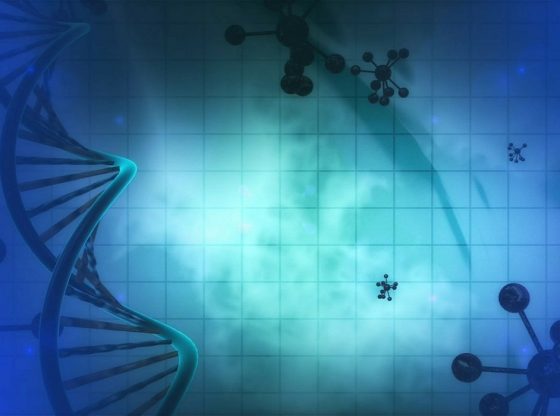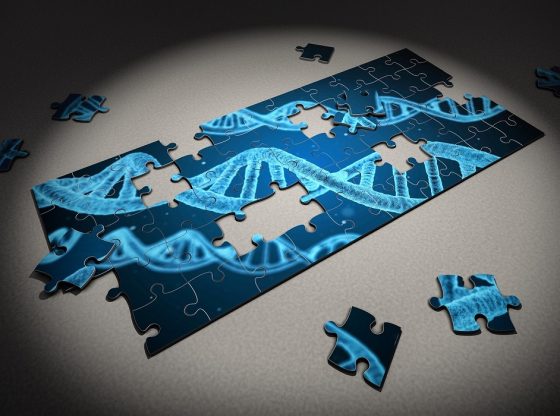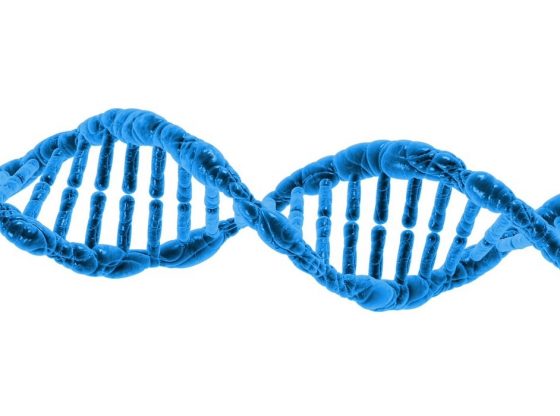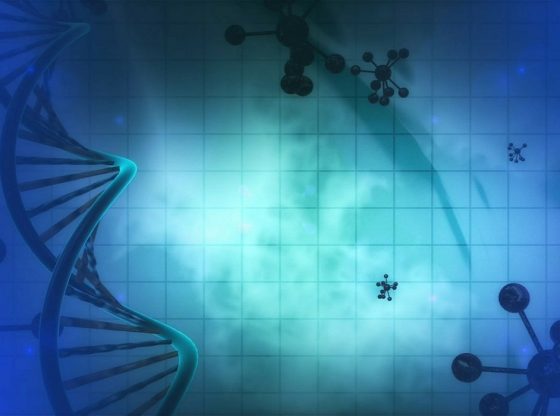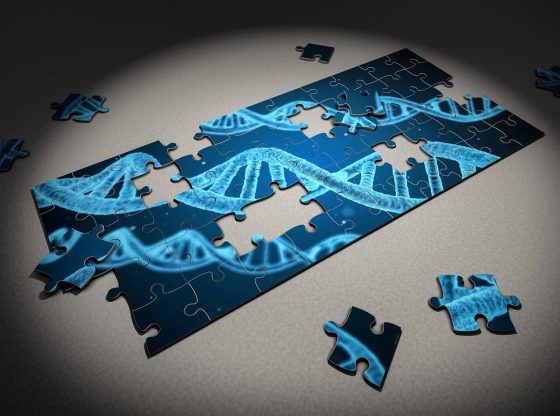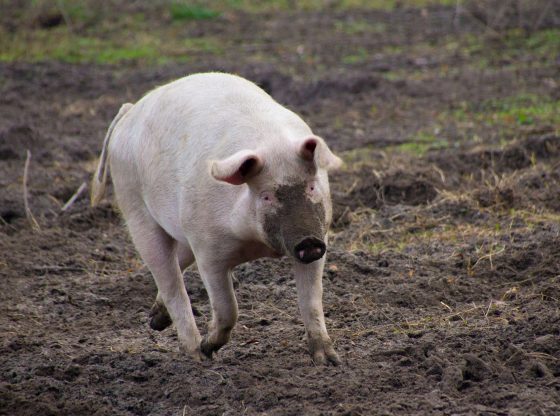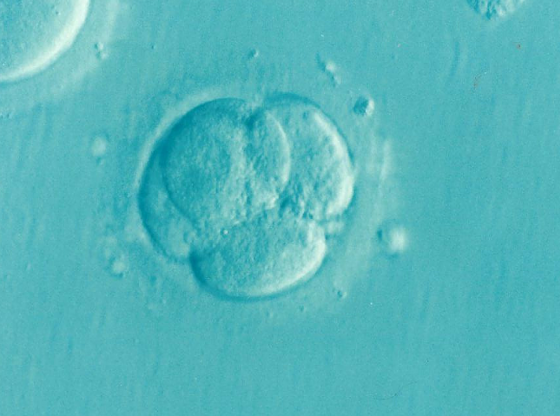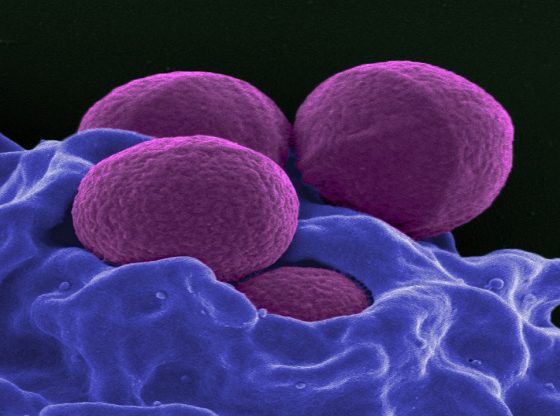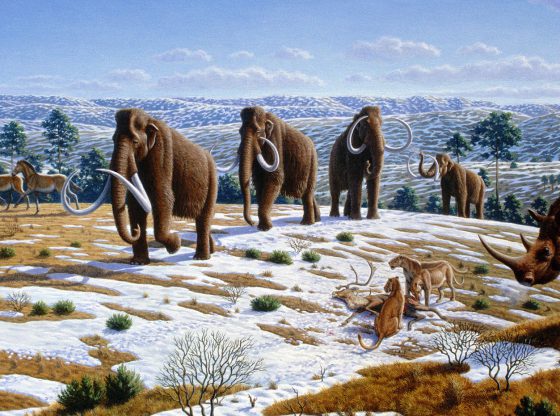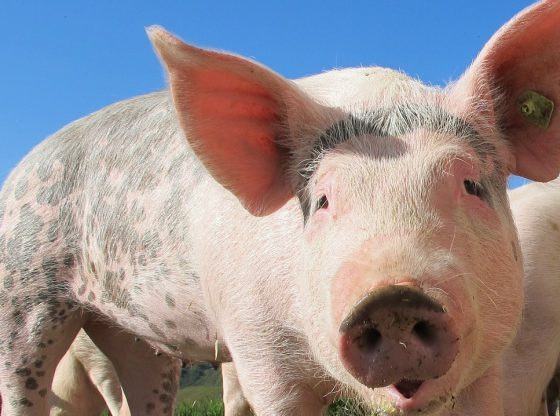Geneticists have synthetically managed to piece together five yeast chromosomes. This genetic engineering breakthrough is a step closer to being able to produce the entire genomes of cells complete with nucleus.
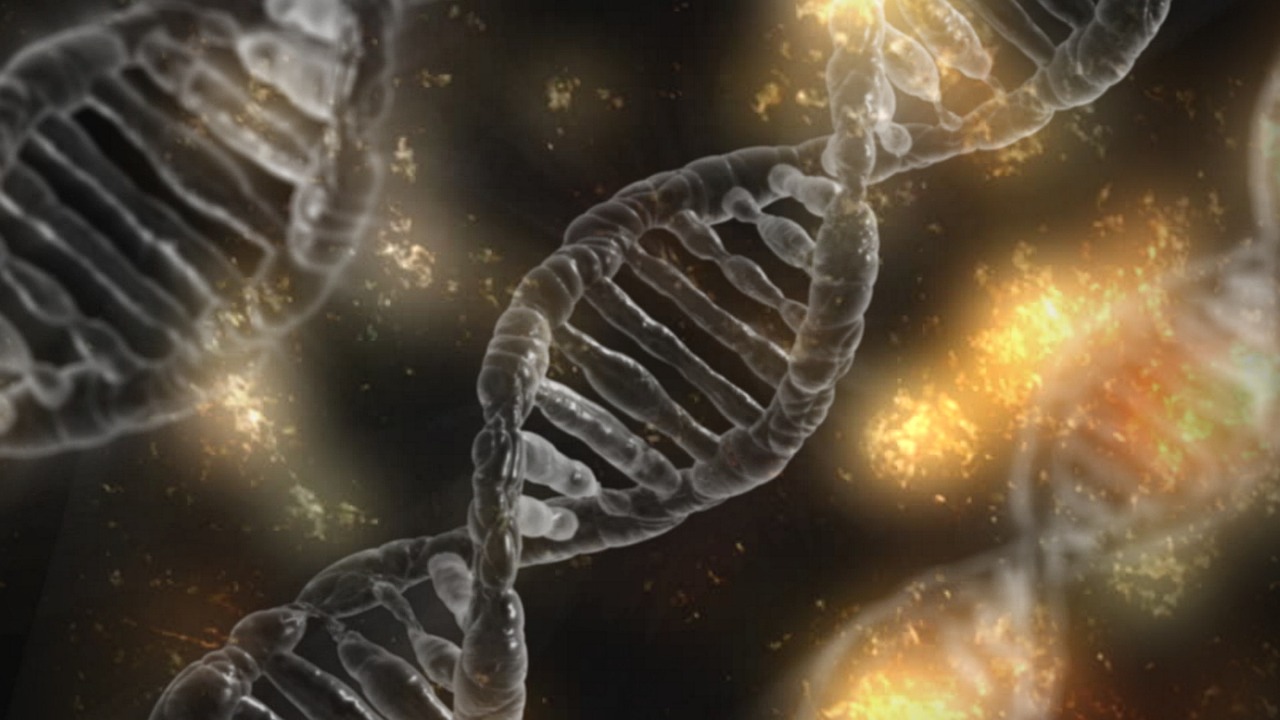
The geneticist is working on the Synthetic Yeast Genome Project, a research project that involves hundreds of scientists worldwide.
They have publishes seven studies in the journal Science, describing how they successfully synthesized genes and assembled five yeast chromosomes.
Artificial chromosomes
Since the early 2000s, it has become much cheaper to read and map the genomes of different organisms, but it has also become much cheaper for researchers to write – or redesign – artificial DNA strands.
Yeast cells have 16 chromosomes in total, and the first chromosome was artificially reproduced just over two years ago. Now, a total of six of the yeast chromosomes has been produced artificially.
It took seven years for scientists to artificially create the first chromosome. The scientists engineered the additional five in significantly less time.
The five chromosomes compare in this case, to about four million base pairs, or four million sites where the DNA strands stick together.
The ability to reconstruct the entire yeast fungus genome will be achievable within a few years, according to the researchers.
Paves the way
It is the first time scientists has succeeded in doing this with life similar to us humans and the achievement represents a major step towards being able to synthesize entire genomes of complete cells.
Scientists have previously been able to facilitate minor changes in genes or to transfer genes from one organism to another, but to integrate large pieces artificial genetic material with genetic material from a natural organism is a game changer.
The ability to chemically reconstruct around four million base pairs and integrating them into a living cell and the possibility to transfer, replace, multiple genes at a time opens up for future opportunities to use gene technology in ways not possible before.
De-extinction
The ability to build a fully intact genome would could, for example, prove useful if aiming to recreate extinct species.
Hypothetically, scientists would be able to assemble the information we have about the genomes of e.g. the Neanderthals or mammoths, reconstruct them in a similar way as done with the yeast, and then insert the artificial genome in cells emptied of their own chromosomes – then watch them grow.
Reference:
Science gathered articles, 10 MARCH 2017 VOL 355, Issue 6329

